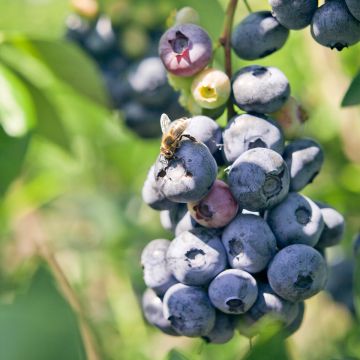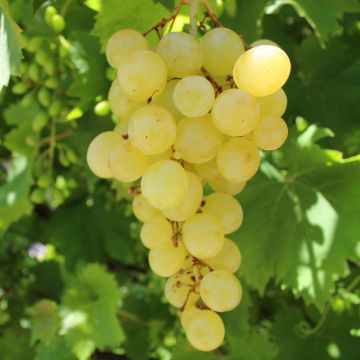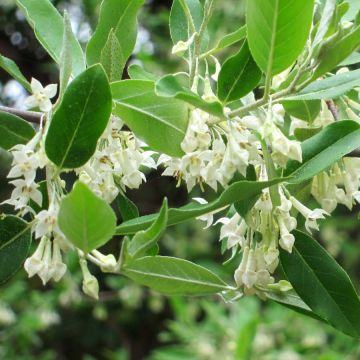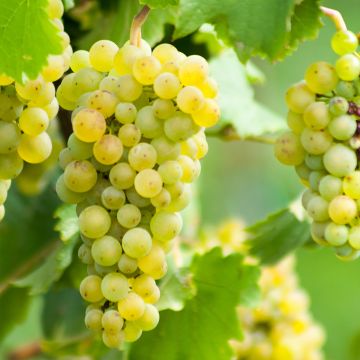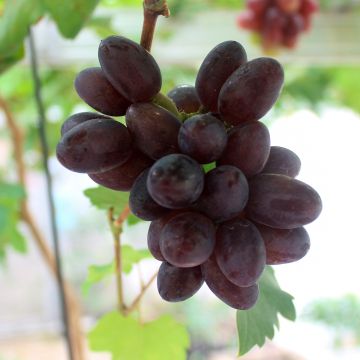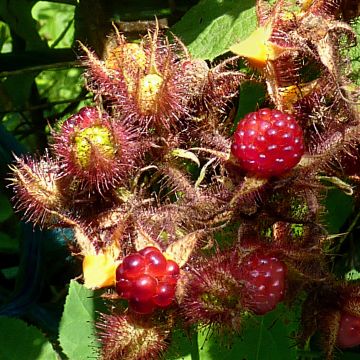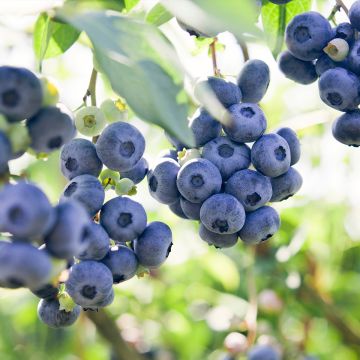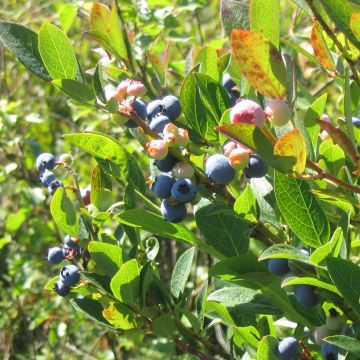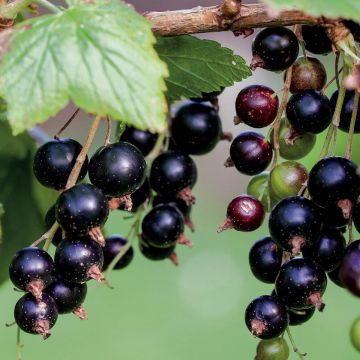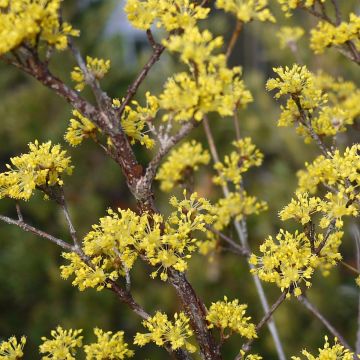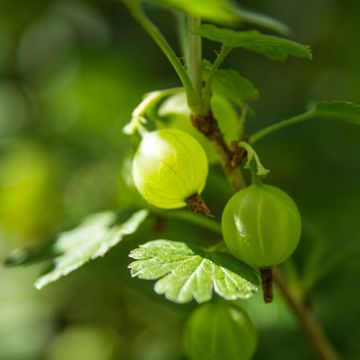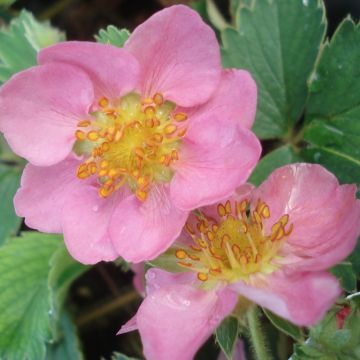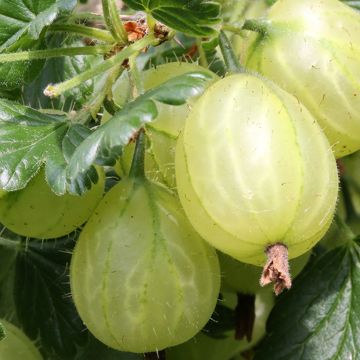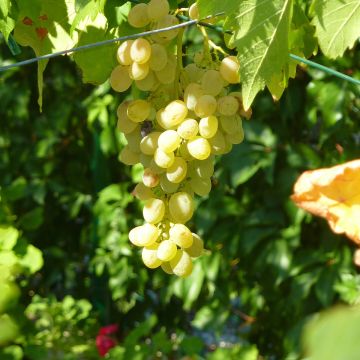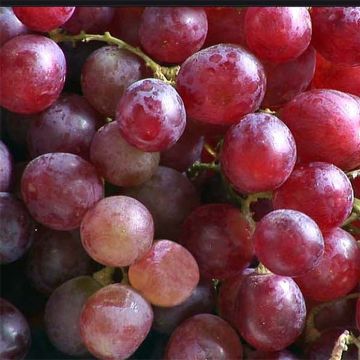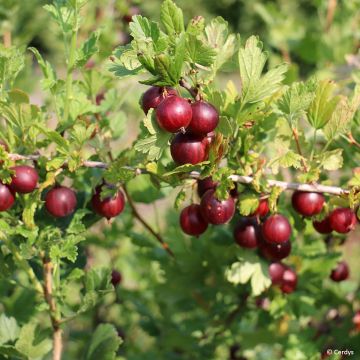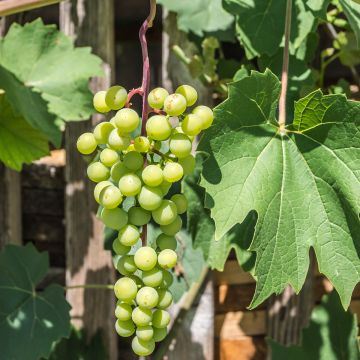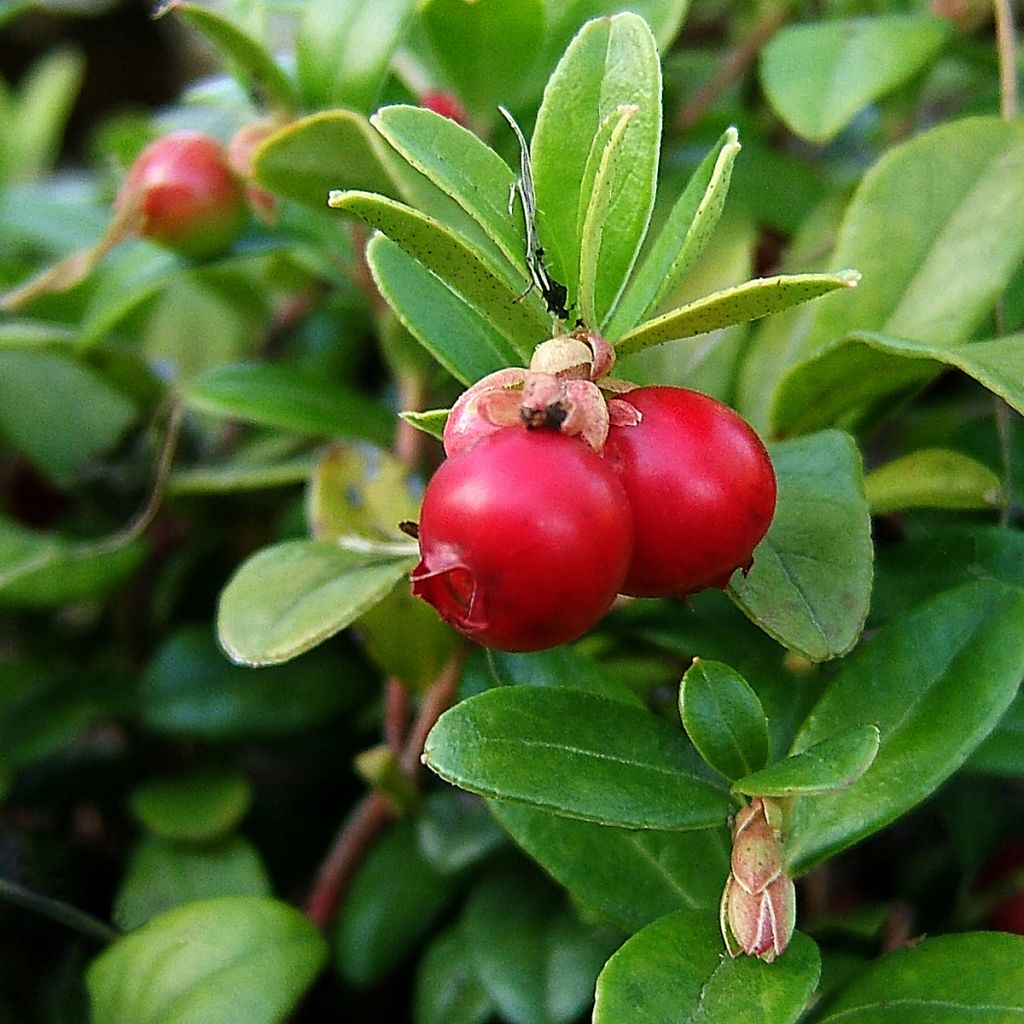

Cranberry - Vaccinium macrocarpon
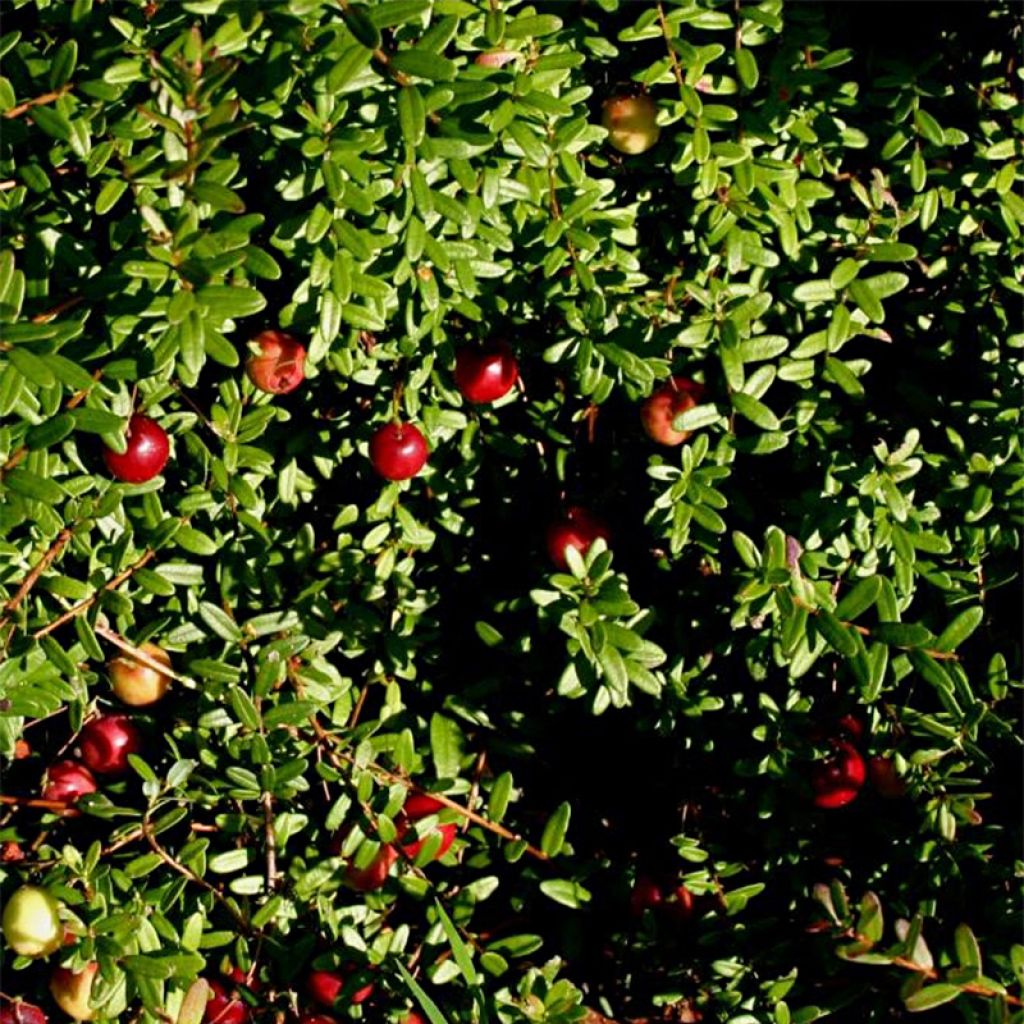

Cranberry - Vaccinium macrocarpon
Cranberry - Vaccinium macrocarpon
Vaccinium macrocarpon
American Cranberry, Large Cranberry
This item cannot be shipped to the selected country
Delivery charge from €6.90
More information
Delivery charge from €6.90
More information
Schedule delivery date,
and select date in basket
This plant carries a 6 months recovery warranty
More information
We guarantee the quality of our plants for a full growing cycle, and will replace at our expense any plant that fails to recover under normal climatic and planting conditions.
From €7.90 for pickup delivery and €6.90 for home delivery
Express home delivery from €8.90.
Description
The Cranberry (Vaccinium macrocarpon) produces red and round berries, 2cm (1in) in diameter, with a tart taste. The Cranberry or Cranberry Bush is a small evergreen ground cover bush, 30cm (12in) in height, that thrives in acidic and moist soil. Enjoy the berries in juice, jams, jellies, or as an accompaniment to certain savory dishes. Ideally plant in autumn or year-round in frost-free conditions, for harvesting starting in October.
The Cranberry belongs to the Ericaceae family and the Vaccinium genus, like the blueberry. Naturally growing in North American bogs, it thrives in acidic and moist soil. The Cranberry is a small evergreen ground cover bush, 30cm (12in) in height and 60cm (24in) in width, with a rather slow growth. It is very hardy, withstanding temperatures as low as -25°C (-13°F), and can live for several decades. Its oval and pointed leaves are persistent. The stems have the particularity of developing stolons that easily root in the soil.
In summer, the Cranberry produces small pink flowers, followed by the formation of round berries, 2cm (1in) in diameter, turning red when ripe, with a tart taste. The Cranberry resembles the red bilberry, but they are two distinct species. Cranberries are harvested in autumn. Be patient: the first harvest takes place from the 4th year. It is a fruit rich in vitamin C and antioxidants. Cranberries can be consumed in juice, jams, jellies, or sometimes in certain savoury dishes. They can be dried or frozen for longer storage.
In the garden, plant several Cranberry bushes to create a small edible hedge, or incorporate Cranberries into acid soil beds, with rhododendrons, azaleas, hydrangeas, heathers...
Cranberry - Vaccinium macrocarpon in pictures
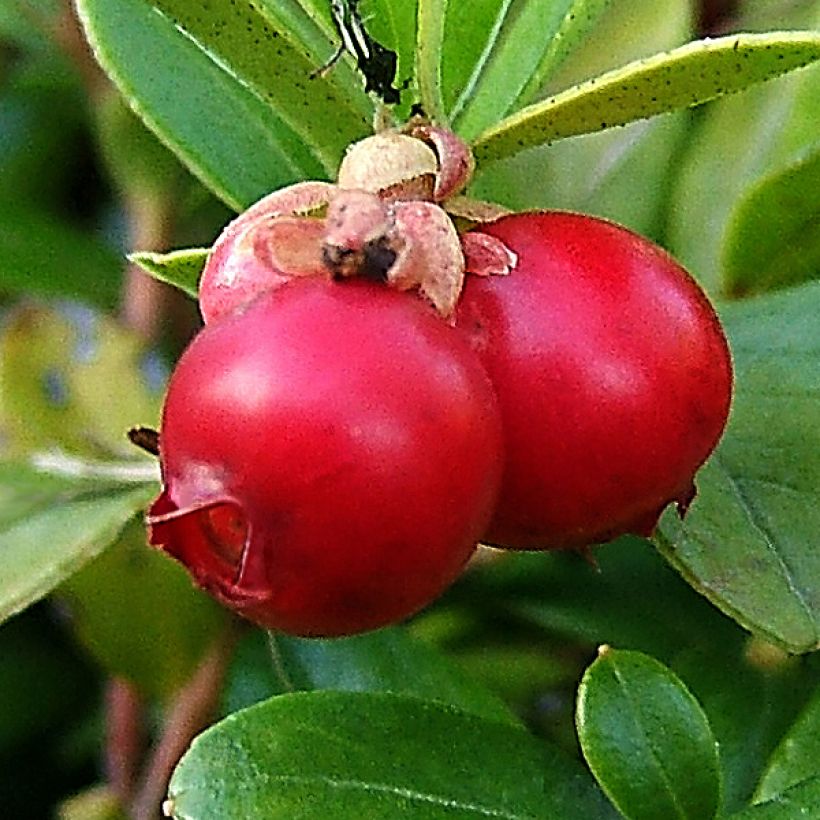

Plant habit
Fruit
Flowering
Foliage
Botanical data
Vaccinium
macrocarpon
Ericaceae
American Cranberry, Large Cranberry
North America
Other Berries A to Z
Planting and care
Cranberry planting is ideally done in autumn or any time of the year when there is no frost. Choose a partially shaded location. Cranberries thrive in acidic soils (pH between 4 and 5) that are moist. If you are planting multiple plants, space them 60cm (24in) apart. Dig a hole 50 to 60cm (20 to 24in) deep and incorporate pure peat soil or a mixture of regular soil and decomposed turf, well-decomposed bark compost. Place the root ball, cover with soil, and tamp down firmly. Water generously.
During cultivation, it is necessary to water regularly, including in winter. If possible, use non-limestone water (e.g. rainwater). Mulch the base with shredded bark, straw, or fern leaves. In spring, annually apply a little well-rotted compost on the surface.
Pot cultivation is possible and provides an interesting alternative if your soil is limestone. Repot every 2 years.
Planting period
Intended location
Care
Berries
Haven't found what you were looking for?
Hardiness is the lowest winter temperature a plant can endure without suffering serious damage or even dying. However, hardiness is affected by location (a sheltered area, such as a patio), protection (winter cover) and soil type (hardiness is improved by well-drained soil).

Photo Sharing Terms & Conditions
In order to encourage gardeners to interact and share their experiences, Promesse de fleurs offers various media enabling content to be uploaded onto its Site - in particular via the ‘Photo sharing’ module.
The User agrees to refrain from:
- Posting any content that is illegal, prejudicial, insulting, racist, inciteful to hatred, revisionist, contrary to public decency, that infringes on privacy or on the privacy rights of third parties, in particular the publicity rights of persons and goods, intellectual property rights, or the right to privacy.
- Submitting content on behalf of a third party;
- Impersonate the identity of a third party and/or publish any personal information about a third party;
In general, the User undertakes to refrain from any unethical behaviour.
All Content (in particular text, comments, files, images, photos, videos, creative works, etc.), which may be subject to property or intellectual property rights, image or other private rights, shall remain the property of the User, subject to the limited rights granted by the terms of the licence granted by Promesse de fleurs as stated below. Users are at liberty to publish or not to publish such Content on the Site, notably via the ‘Photo Sharing’ facility, and accept that this Content shall be made public and freely accessible, notably on the Internet.
Users further acknowledge, undertake to have ,and guarantee that they hold all necessary rights and permissions to publish such material on the Site, in particular with regard to the legislation in force pertaining to any privacy, property, intellectual property, image, or contractual rights, or rights of any other nature. By publishing such Content on the Site, Users acknowledge accepting full liability as publishers of the Content within the meaning of the law, and grant Promesse de fleurs, free of charge, an inclusive, worldwide licence for the said Content for the entire duration of its publication, including all reproduction, representation, up/downloading, displaying, performing, transmission, and storage rights.
Users also grant permission for their name to be linked to the Content and accept that this link may not always be made available.
By engaging in posting material, Users consent to their Content becoming automatically accessible on the Internet, in particular on other sites and/or blogs and/or web pages of the Promesse de fleurs site, including in particular social pages and the Promesse de fleurs catalogue.
Users may secure the removal of entrusted content free of charge by issuing a simple request via our contact form.

































